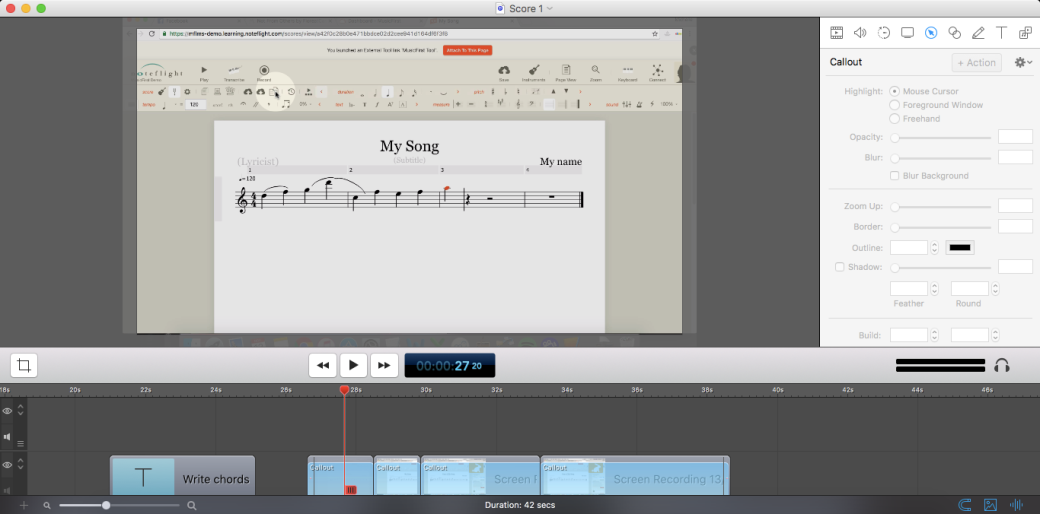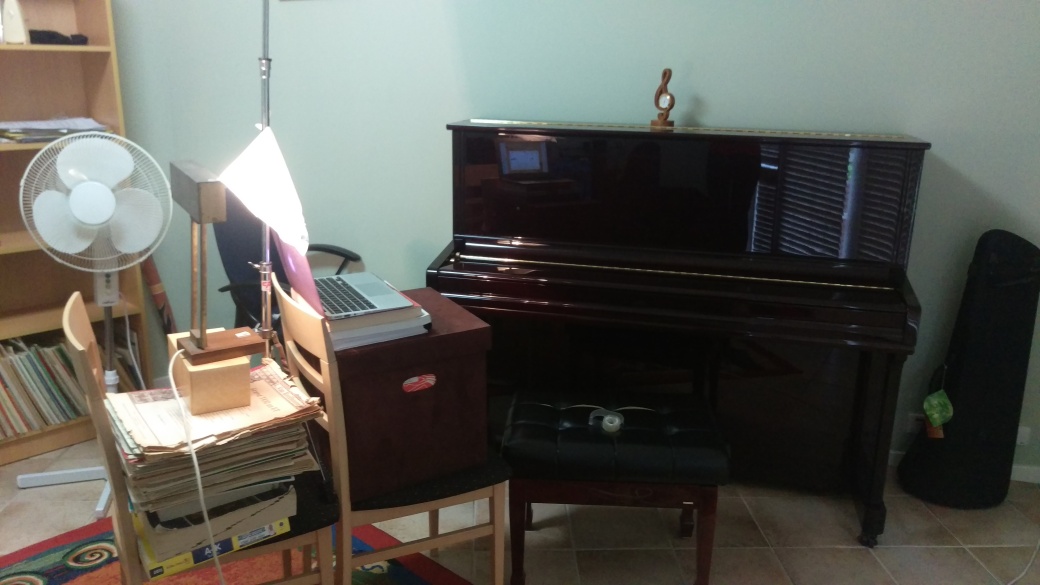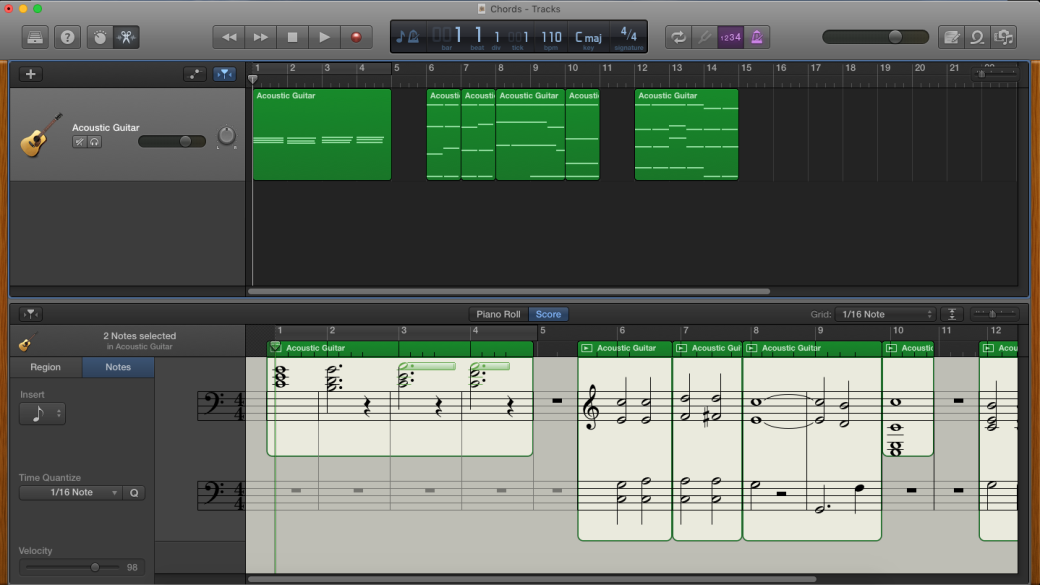The Presentation of Learning was a fantastic culmination to all that I have learned about technology this semester! It was so awesome to see all the things that my peers came up with and did for their projects, I am definitely making a priority of going around some of the blogs and looking more closely at what they have made. Unfortunately I didn’t get around to look at all the stalls around the room, though I did get to ask a couple of students about their projects on the Sydney Conservatorium of Music live stream, as well as talking about my own.
I loved the opportunity to engage with music teachers, some of whom have been teaching for many years, discussing the ideas that led to my project and how I went about making it. I was thrilled to receive some positive feedback from teachers in the field, who engaged with the material I have created.
I also have a mental list now of different music technologies to look into! Soundtrap is high up on my list, having only briefly explored it but I have heard positive things from both my peers and teachers I spoke to during the course of the evening.mI look forward to further exploring music technology, and the many ways it can be creatively and effectively applied to music teaching!









